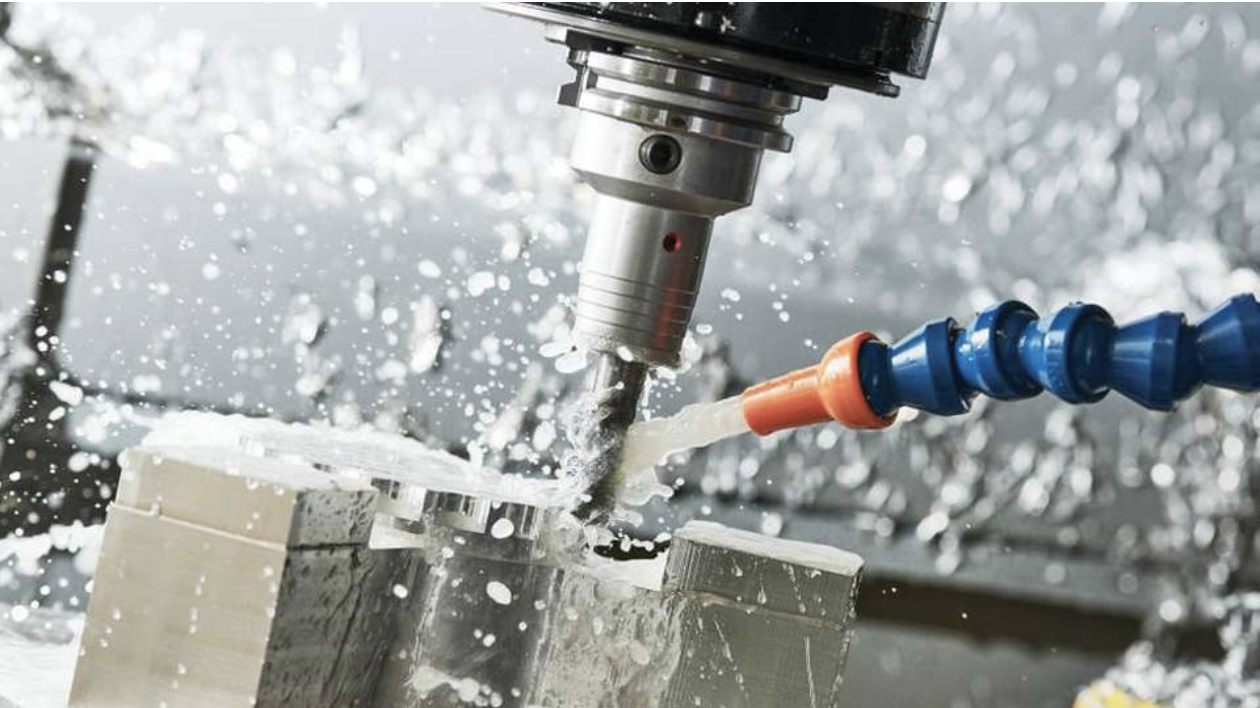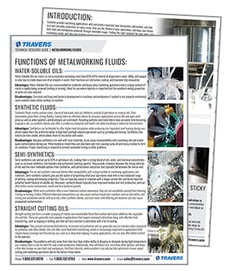
Scheduled annual shutdowns, and even unforeseen plant or shop-wide shutdowns, are perfect opportunities to do your routine maintenance. Even when your shop is active, if you have a machine or two that isn’t in use, it is also be a good time to do the necessary maintenance on those inactive machines, as servicing and cleaning them contributes to longer life and improved performance. While a machine sits idle, depending on the length of time it’s not used (see more on this below), the flood coolant mixture could become stagnant, and the growth of bacteria and fungi can accelerate while it’s not being circulated. You know that all too familiar rancid aroma that welcomes you to work on Monday morning… now consider how much worse that could be over a longer term, without proper maintenance. Let’s face it—nobody likes it when a machine sits idle, but set to make the most of that opportunity by doing a sump system shutdown & restart. Not only will this reduce, or completely eliminate the risk of your coolant going bad, but it will also protect your machinery from unwelcome invaders like exposure to pH changes and corrosion. In addition, it can also help protect you and your employees from health issues potentially caused by too much microbial growth.
IT'S A MATTER OF TIME…
As mentioned above, the level of recommended protection and maintenance depends on the length of time that a machine sits idle. Here are some general guidelines to follow:
ONE WEEK OR LESS OF DOWNTIME:
It’s a good practice to use reactive dosing* during a period of less than 7 days of shut down. After the machine is back up and running, take an accurate reading of your coolant mixture and add biocide that targets bacteria— adding coolant as needed to bring the blend back to its correct ratio. An even better practice is to be more aggressive and give your system a preventative shock** by using a bacteria and fungi targeting biocide. The point here is to “overdose” your sump system to neutralize any growth of microbes that, if not taken care of regularly, will alter the sump’s mixture—possibly ruining the parts being machined in it, or even the equipment itself.
BETWEEN ONE & TWO WEEKS OF DOWNTIME:
Be more aggressive and give your system a preventative shock** by using a bacteria and fungi targeting biocide. The point here is to “overdose” your sump system to neutralize any growth of microbes that, if not taken care of regularly, will alter the sump’s mixture—possibly ruining the parts being machined in it, or even the equipment itself. If the sump system wasn’t charged before the shutdown, using this “shock dosage” procedure will make up for lost time when the coolant wasn’t treated, and it will also help prevent additional bacterial growth.
MORE THAN TWO WEEKS OF DOWNTIME:
The best thing you can do here is to shut down and restart your sump system. This is the safest and best practice because it not only decreases the risk of your coolant becoming stagnant, but it also protects your machinery and its sump system from changes in the pH levels and corrosion. In addition, this practice can also help prevent potential health hazards due to elevated levels of microbial growth. At a minimum, a preventative shock should be done even if sump shutdown and restart isn’t an option. In addition, a second shock dose should be performed within this two week period, or you may not be able to prevent bacterial growth.
*Reactive Dosing is used to stabilize or recover a sump mixture that has already gone bad.
**Preventative Shock is used to diminish microbial growth in your sump if longer downtime is anticipated.
Need More Assistance? Contact our Tech Team at tech@travers.com or complete a technical support request here.
Want to learn more?
We believe the Right Tool Is Everything™, and we strive to share our experience and expertise in an effort to ensure you select the right tool for your application, follow best practices, and can push your productivity and efficiency further. Our Metalworking Fluids Guide includes critical information that can extend the life of your coolant and more.
 Download the guide by clicking below. By downloading, you'll learn about:
Download the guide by clicking below. By downloading, you'll learn about:
-
The functions of varying metalworking fluids
-
Troubleshooting your metalworking fluids
-
Optimal use of metalworking fluids in tapping applications
-
Rustlick brand products selection guide
-
ValCool brand products selection guide



